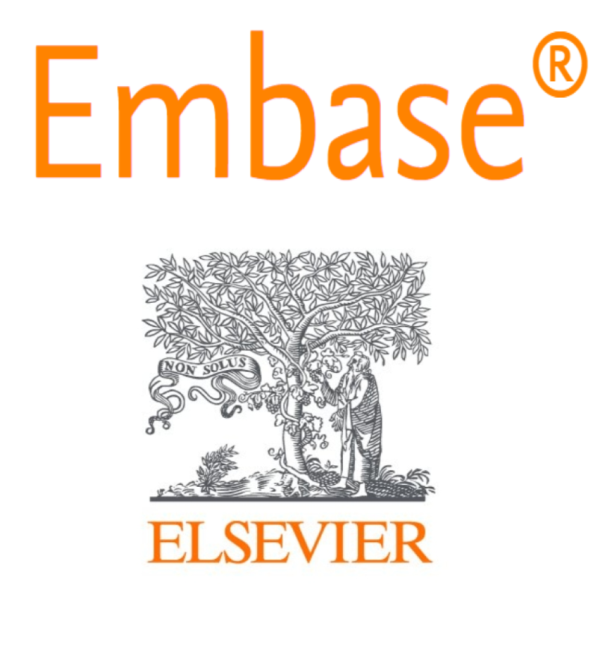To determine pelvic incidence, sacral slope, and pelvic tilt in thoraco lumbo pelvic alignment in chronic low back pain patients in Central Indian Population
DOI:
https://doi.org/10.56802/fnfsrd47Abstract
Background: Chronic low back pain (CLBP) is a prevalent condition significantly impacting quality of life, often associated with alterations in sagittal thoraco-lumbopelvic alignment. This study aims to analyze thoraco-lumbopelvic alignment parameters, including pelvic incidence (PI), sacral slope (SS), and pelvic tilt (PT) in the Central Indian population.
Aim: To determine pelvic incidence, sacral slope, and pelvic tilt in thoraco lumbo pelvic alignment in chronic low back pain patients in Central Indian Population.
Materials & methods: The study is a cross-sectional cross-sectional study spanning 2021 to 2024, focusing on CLBP in patients aged 18-60 years. The sample size is calculated at a 95% confidence level, with a minimum of 127 samples required. The study includes participants with a history of LBP, spinal deformity, hip or pelvic disorder, and contraindications for radiographic exposure. The study will use a combination of clinical assessment tools and radiographic imaging to measure TLP alignment, including photogrammetry, spinal assessment tools, and X-rays to ensure minimal radiation exposure and ethical compliance.
Results: Out of 198 incorporated, males occupied 56% (n=111) and female gender occupied 44% (n=87) of the total study population respectively. Whereas in the control group, male occupied 52% (n=103) and females 48% (n=95) respectively. CLBP patients exhibited significantly higher PI, PT and SS was significantly lower in CLBP patients. PT showed the strongest positive correlation with VAS scores (r = 0.50), indicating that higher pelvic tilt is associated with greater pain severity.
Conclusion: The study reveals significant differences in thoraco-lumbo-pelvic alignment parameters in patients with Chronic Lobar Pain (CLBP), indicating the body's attempt to maintain balance and counteract biomechanical stress. Region-specific characteristics, such as genetics and occupational habits, influence these variations.
Key words: Chronic low back pain; Sacral slope; pelvic incidence; pelvic tilt; thoraco-lumbo alignment; Ethnic populations.








